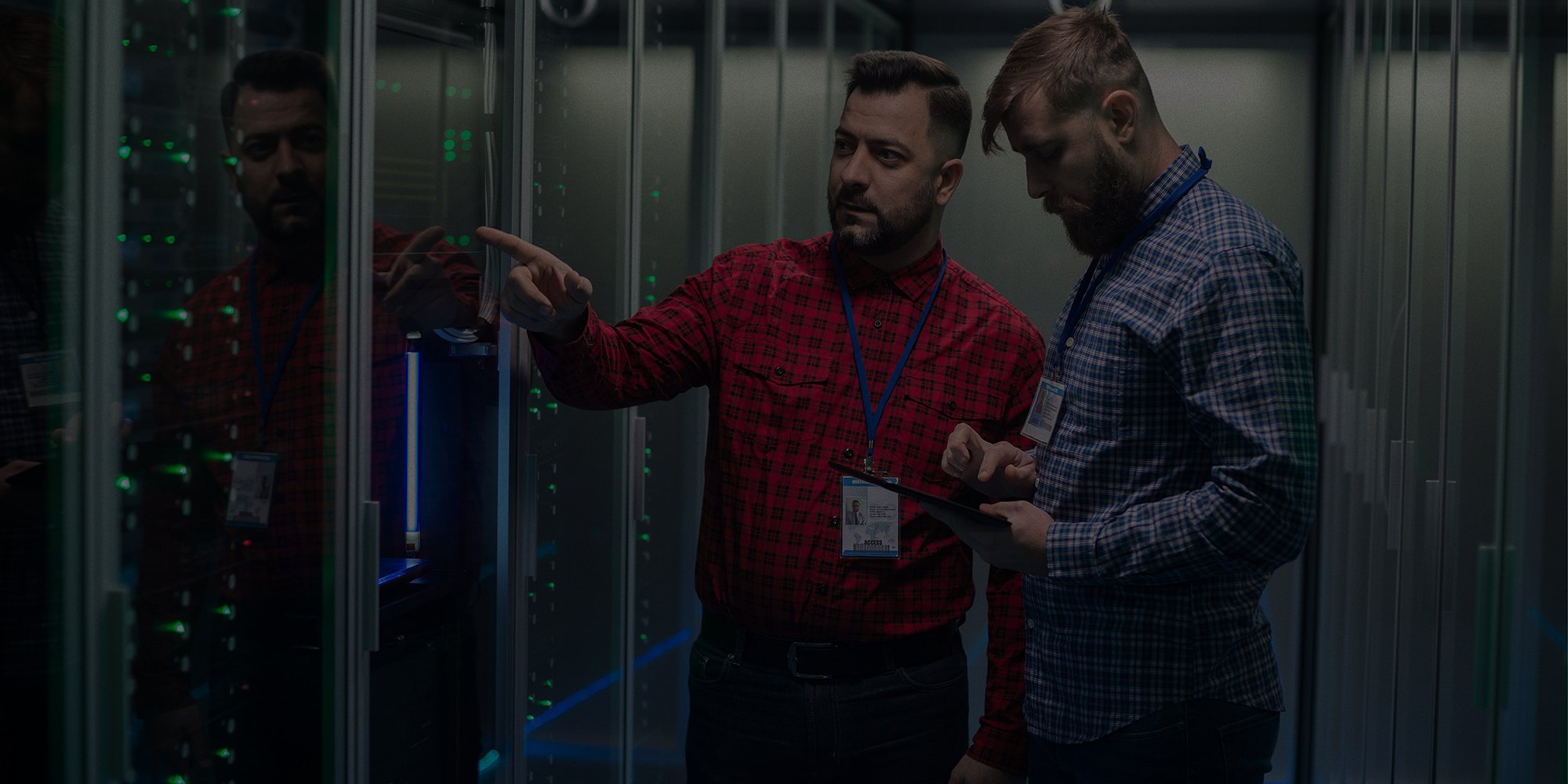What Are Data Center Tiers?

There are thousands of data centers in the United States, employing more than 500,000 people in California, Texas, Washington, Florida, and other states. The size of data centers varies, from the largest Azure and AWS locations to on-prem enterprise data centers and private colocation infrastructure.
To help customers identify the capabilities of these facilities, leading standards organizations have developed data center tiers. This guide outlines what data center tiers mean and how the certification process works.
WHAT ARE DATA CENTER TIERS AND HOW DO THEY AFFECT YOUR ORGANIZATION?
One of the most widely trusted certification standards for data centers is the Uptime Institute’s Tier Certification system. This classification system places data centers into four tiers, from Tier I to Tier IV. The higher the classification tier, the more requirements data centers must meet in terms of uptime, redundancy, emergency preparedness, and thermal stability.
This doesn’t mean that a Tier I data center is inferior to a Tier IV facility. The goal of Tier Certification standards is to help organizations prove that they have the necessary infrastructure and controls in place for data center operations and objectives.
Generally speaking, Tier I data centers are smaller and less complex, such as on-prem locations for U.S.-based businesses. Public cloud platforms and multi-tenant data centers usually aim for Tier IV status.
WHAT ARE THE DIFFERENCES BETWEEN DATA CENTER TIERS?
All data centers need dependable infrastructure. Investing in strategic design is valuable from a reputational, efficiency, and productivity standpoint, helping organizations avoid the high cost of downtime. The differences in data center tier classifications primarily involve facility power, cooling, and backup systems.
Tier I Data Center
The base infrastructure level for certification is Tier I. This class of data center is suitable for in-house operations, office buildings, and networks that don’t require 24/7 activity.
To obtain a Tier I classification, data centers must have:
- 99.671% uptime and no more than 28.8 hours of annual downtime
- A dedicated area for network hardware
- Independent HVAC units or equipment cooling systems (that operate continuously)
- An uninterruptible power supply for short-term power outages, spikes, and voltage dips
- An engine-powered backup generator for longer emergencies
In Tier I data centers, any preventative maintenance, server repairs, or hardware replacements require a complete system shutdown. This level of data center is equipped for proper cooling and power supply during operations, but it only has minimal defenses against unplanned outages.
Tier II Data Center
The largest difference between a Tier I and Tier II data center is that it offers a precise path to power distribution that allows for component removal and replacement without system shutdowns. There are also some redundancy measures in the energy and cooling systems, providing improved defenses against unexpected outages or disruptions. For example, with energy storage reserves, facilities can shift from the public energy grid to private power generators as needed for system stability.
To achieve the Tier II data center classification, facilities must have:
- 99.741% uptime and 22 hours maximum of annual downtime
- Fuel tanks and fuel cells
- Engine-powered generators with improved operating capacity
- UPS systems designed for longer outages
- Dedicated equipment cooling systems and chillers
- Improved heat-rejection systems and pumps
Data centers with a Tier II rating can stand up better to short-term and longer power emergencies. The equipment lifecycle is partially redundant, but infrastructure maintenance still requires shutdowns.
Tier III Data Center
At the Tier III level, data centers implement significant redundancy to ensure continuous uptime of the system. Properly designed Tier III data centers are capable of concurrent maintenance. In other words, IT teams can perform maintenance, replacements, and repairs without impacting platform stability.
Achieving the Tier III classification requires data centers to have strategically designed systems:
- 99.982% system uptime and only 1.6 hours of annual downtime
- Redundant data distribution networks
- Dual power distribution paths
- Redundant components for all network equipment and IT hardware
- All of the cooling, heat-rejection, reserve-energy, and power-distribution measures used in Tier II facilities
With complete redundancy, any system component can fail or be replaced without negatively impacting platform performance. This is vital for organizations that face a high level of internal or external traffic, such as high-volume e-commerce sites and manufacturing businesses.
Tier IV Data Center
The highest data center classification under the Uptime Institute’s Tier Certification standards, the Tier IV category refers to maximum fault tolerance and system redundancy. A Tier IV data center can keep operating normally even when several different hardware components fail or one of the power distribution channels is interrupted.
Data centers with the Tier IV classification must have:
- 99.995% uptime and less than 27 minutes of annual downtime
- Continuous cooling systems for infrastructure hardware and the data center environment
- Fault-tolerant system parts
- Multiple power distribution paths for the entire system, including dual channels for cooling equipment
- Fully redundant architecture for data storage, data processing, and network components
Tier IV data centers offer maximum platform stability and data loss prevention safeguards. The main risk of system downtime is if a backup component or distribution point fails while the first is undergoing repairs. Some organizations have multiple backup layers to mitigate this risk.
WHICH DATA CENTER TIER IS RIGHT FOR ENTERPRISES?
Each data center tier includes the requirements of previous tiers, along with additional safeguards. To select the right tier for your needs, analyze several factors:
- Necessary system uptime for your products, services, or clients
- Platform redundancy requirements for security and data loss prevention
- Your operating budget and the costs to outsource IT services
- Regulatory requirements or industry standards for data security, availability, and uptime
Level IV Tier Certification is a must for SaaS platforms, fintech organizations, hospitals, payment gateways, cloud service providers, and other enterprises that rely on near-100% system uptime.
HOW DO YOU ACHIEVE DATA CENTER TIER CERTIFICATION?
Implementing the necessary redundancy features for AI data centers, multi-tenant systems, and platforms that require 24/7 uptime is a major undertaking. Challenges such as distribution routes, equipment depreciation, cable management, and energy-efficient cooling systems require expert solutions.
At TSP, our professional team can help you decide what data center tier is right for your operations. Discover data center services that fit your needs perfectly.
Related news
What Is Data Center Infrastructure Management?
Investments in AI have fueled a major boost in data center growth, with the global market...
What Does a Data Center Technician Do?
If your business relies on digital tools, data storage, or the cloud, you need someone working...
How Much Does It Cost To Operate a Data Center?
A data center is the beating heart of your business’s IT operations. It’s where critical systems,...






